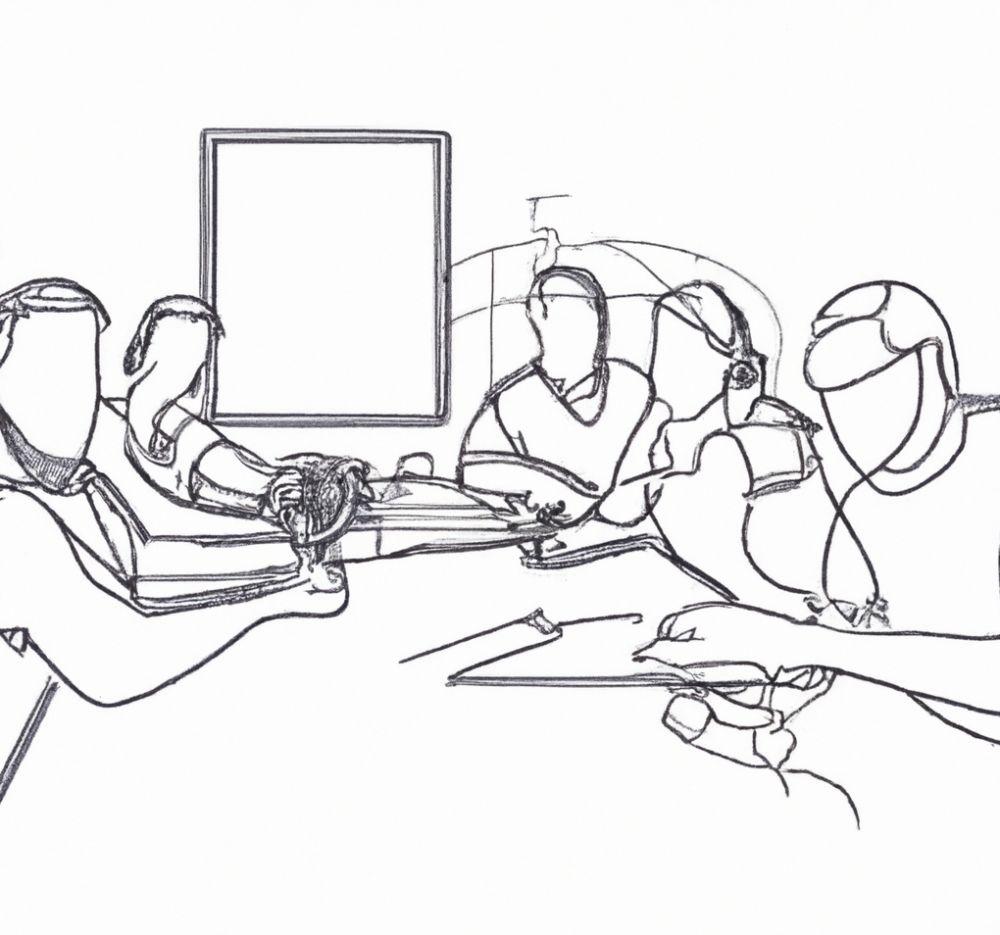Dual roles balance community service with leadership.
Introduction:
Communities thrive on the active participation of their members. Within a residential community, individuals often wear many hats — homeowner, neighbor, committee member, volunteer, and even service provider. This blog post explores the unique dynamics and challenges when one person takes on dual roles, specifically as a community board member and a service provider, and how to navigate these roles ethically and effectively.
Understanding Dual Roles:
In any community, different roles serve different purposes. A board member’s primary duty is to the collective interests of the community. They oversee the community’s affairs, make decisions that impact everyone, and ensure the community’s well-being.
A service provider, on the other hand, offers specialized services, such as landscaping, plumbing, or architectural design, to individual homeowners within the community. Their focus is on their clients’ specific needs and on their professional reputation.
Potential Conflicts:
When a board member also acts as a service provider, potential conflicts of interest can arise. For example, if a board member uses their position to promote their services or make business decisions that benefit their professional interests, it could be seen as a breach of trust.
Other conflicts might include confidentiality issues, as board members often have access to information not publicly available. There’s also the potential for perceived bias or favoritism towards homeowners who use their services, which can lead to an uncomfortable dynamic within the community.
Managing Conflicts of Interest:
Navigating these potential conflicts requires transparency, clear communication, and the separation of roles. Transparency is essential, with the person in the dual role being open about their activities and avoiding any secretive behavior that might breed distrust. Clear communication allows for misunderstandings to be avoided and expectations to be set. Separation of roles means not using one role to gain an advantage in the other. For example, a board member-service provider should not use board meetings to promote their business, nor should they leverage their service provider insights to influence board decisions.
Maintaining Trust and Professionalism:
The key to maintaining trust while holding dual roles lies in treating all community members equally, avoiding any behavior that might appear biased, and respecting the separate responsibilities that come with each role. As a service provider, maintaining a high level of professionalism in all dealings is crucial. Even though they may also be a board member, when providing their service, they should conduct themselves as they would with any client outside the community.
Similarly, as a board member, they should refrain from using their position to influence homeowners’ decisions about who to hire for services. Decisions made in board meetings should be based on what is best for the community as a whole, not for their service business.
Conclusion:
The dual roles of a community board member and service provider can coexist in harmony when managed with integrity, transparency, and clear communication. It’s a balancing act that requires careful attention and the ongoing trust of the community. When done right, the individual can contribute significantly to their community in both roles, leveraging their expertise for the community’s betterment while providing high-quality services to their neighbors.
Remember, the strength of a community lies in its ability to work together for the common good. A board member who also offers their professional services to their neighbors can be a valuable asset, embodying the spirit of community cooperation while enhancing the community’s quality of life.
 Copyright secured by Digiprove
Copyright secured by Digiprove 



